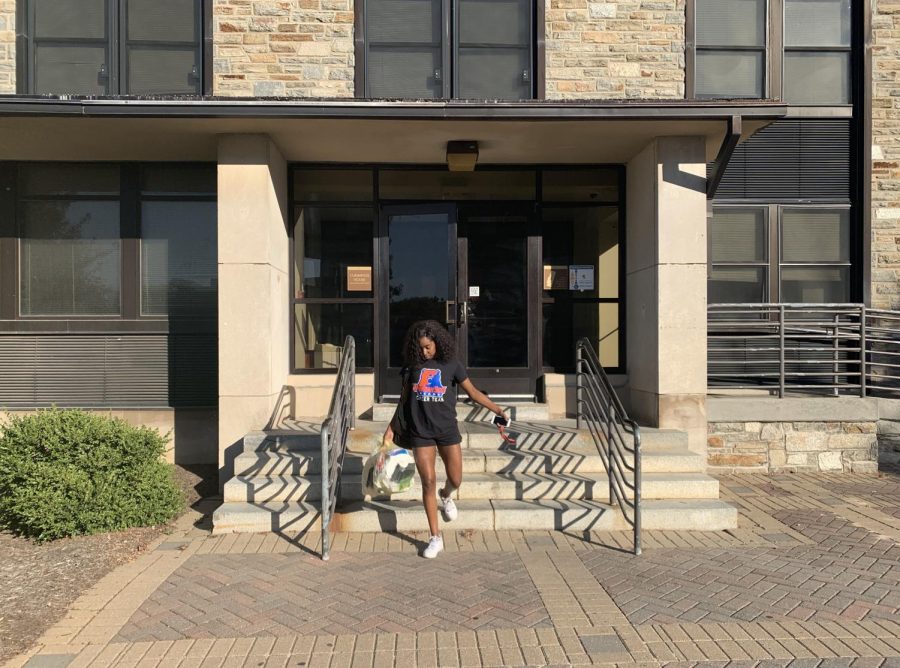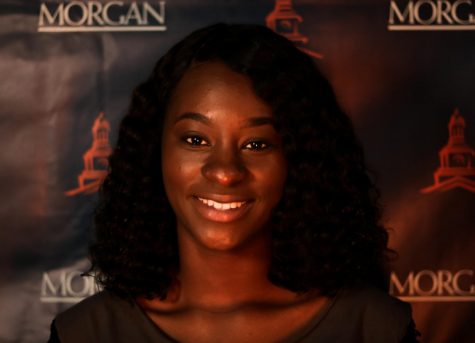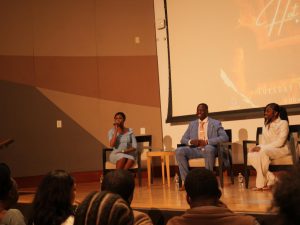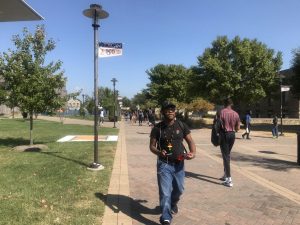As Morgan’s female demographic increases, housing space decreases
The outside of Cummings House.
September 27, 2019
After more than 15 years, historical male dormitories Cummings House and Baldwin Hall are now occupied by women due to Morgan State University’s recent spike in student enrollment this fall.
According to the university’s website, the school experienced a 1.5% enrollment increase of women and a 1.5% decrease in men. With the change in demographics, the need for more space to house the female student population has become a university concern.
Justin Hall, assistant director for Student Life and Engagement within the Office of Residence Life and Housing said the university’s president David Wilson worked to enhance the enrollment numbers at Morgan and the sudden change in dormitory assignments is a product of that.
Melanie Battle, freshman multimedia journalism major and member of the volleyball team is one of the first women living in Cummings.
Battle said there is a large student-athlete presence in Cummings and if her teammates lived in Blount Towers, an all-female dormitory located on the north side of campus, their commute from practice to class would be strenuous.
“For me, I’m an athlete, so it’s good for me to be in between the academic quad and the field house,” Battle said.
According to Morgan’s fall student demographics, the university experienced a steady increase in freshman enrollment of approximately 200 students in the past three years. Fall of 2019, the university experienced approximately 1,5000 new students.
The staggering number of the new student population motivated Morgan’s decision to increase housing, especially for the approximately 2,377 undergrad students that live on campus.
Shaun Taylor, sophomore political science major and former resident of Cummings said the change in the increase of housing for women was a great idea as he recalled the overflow of freshman women in Blount last year.
“It was a smart move of the issues in Blount Towers last year having students 3 to a double room in some cases,” Taylor said.
Even with a clear disproportionate ratio of women to men on campus, Hall said there does not seem to be a need for fall 2022’s highly anticipated 900-bed housing complex to be gender-specific.
“I don’t believe in keeping with the trends or with the times of current education that it needs to be gender-specific,” Hall said. “This new facility needs to be one that encompasses all students, so it needs to be gender-neutral.”












